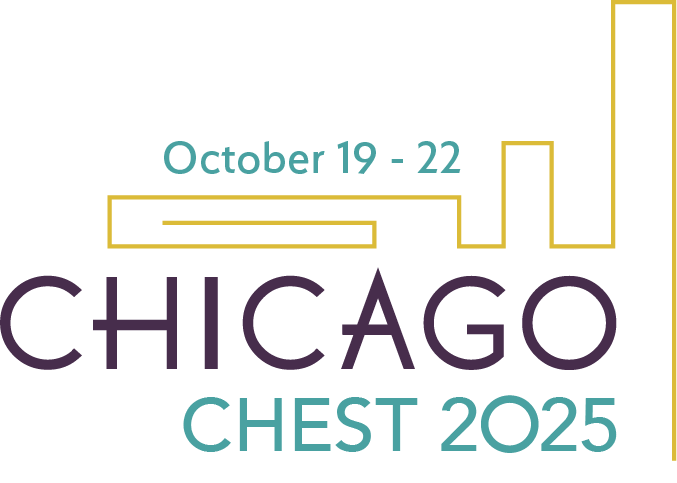
Waitlist mortality is the highest for lung transplant candidates, with 13.3 deaths per 100 patient-years in 2023. Donor lung utilization and posttransplant outcomes are highly dependent on the quality of organs acquired. Currently there is significant variability in donor lung assessment, procurement, and preservation, with limited literature to guide transplant providers and procurement teams. The American Association for Thoracic Surgery has created expert consensus guidelines for improving standardization in key areas of lung acquisition.1
Intra-operative assessment emphasized taking each data point into a global context rather than in isolation, especially with regard to P/F ratio, secretion reaccumulation, presence of friable mucosa, and evidence of aspiration on bronchoscopic evaluation in correlation with pneumonia on imaging. For gross inspection, assessment of lesions, infarcts, contusions, and blebs/bullae along with evaluation of ease of recruitment and compliance were deemed to be important for assessment.

Surgical technique focused on timing for use of prostaglandin (prior to or with initial pulmonary flush), anterograde flush (via pulmonary arteries while venting left atrium while lungs being ventilated), and retrograde flush (via pulmonary veins after heart extraction or lung removal) of cold preservation (extracellular solution).
Ex-situ preservation methods included inflation of lungs with 50% oxygen avoiding hyperinflation, avoiding direct contact with ice during packing by using two bags: first with cold preservation solution and second with physiologic liquid solution. Repairing injuries to vessels and lung parenchyma at back table can be done at donor procurement site or prior to implantation.
Hypothermic preservation suggested storage between 4 and 10 degrees Celsius. Intentional extension of cold ischemia time was deemed safe using this temperature.
Normothermic ex-vivo lung perfusion (EVLP) utilization was suggested for cases where the P/F ratio is <300 mm Hg—or there is evidence of pulmonary edema, poor compliance, or minor aspiration—and in cases where logistics are challenging. Use of EVLP was discouraged for cases with irreversible injury. It was also stressed that all physiologic and objective parameters on EVLP should be taken as a whole rather than one parameter when assessing graft usability.
Donation after circulatory death (DCD) and normothermic regional perfusion (NRP) acknowledged the ideal time being <60 min from withdrawal of support to asystole for organ utilization, although <180 min was deemed reasonable. DCD benefits by increasing the donor pool at the expense of additional cost, although using EVLP when in doubt about the quality of lungs in these cases was suggested. Thoracoabdominal NRP remains controversial, whereas abdominal NRP was considered safe and without adverse outcomes for lungs.
Organ assessment centers and third-party procurement teams emphasized the roles of aggregated expertise when using centralized EVLP, donor management, and recovery centers. It also highlighted the role of third-party procurement services to improve offer acceptance and organ acquisition.
Standardization in organ procurement and preservation is essential to improve organ utilization and post-lung transplant outcomes. Global standardization in organ acquisition could significantly advance our understanding of this field, while paving the way for future research and innovation in the field of transplantation.
References
1. Kukreja J, Campo-Canaveral de la Cruz JL, Van Raemdonck D, et al. The 2024 American Association for Thoracic Surgery expert consensus document: Current standards in donor lung procurement and preservation. J Thorac Cardiovasc Surg. 2025;169(2):484-504. doi:10.1016/j.jtcvs.2024.08.052
